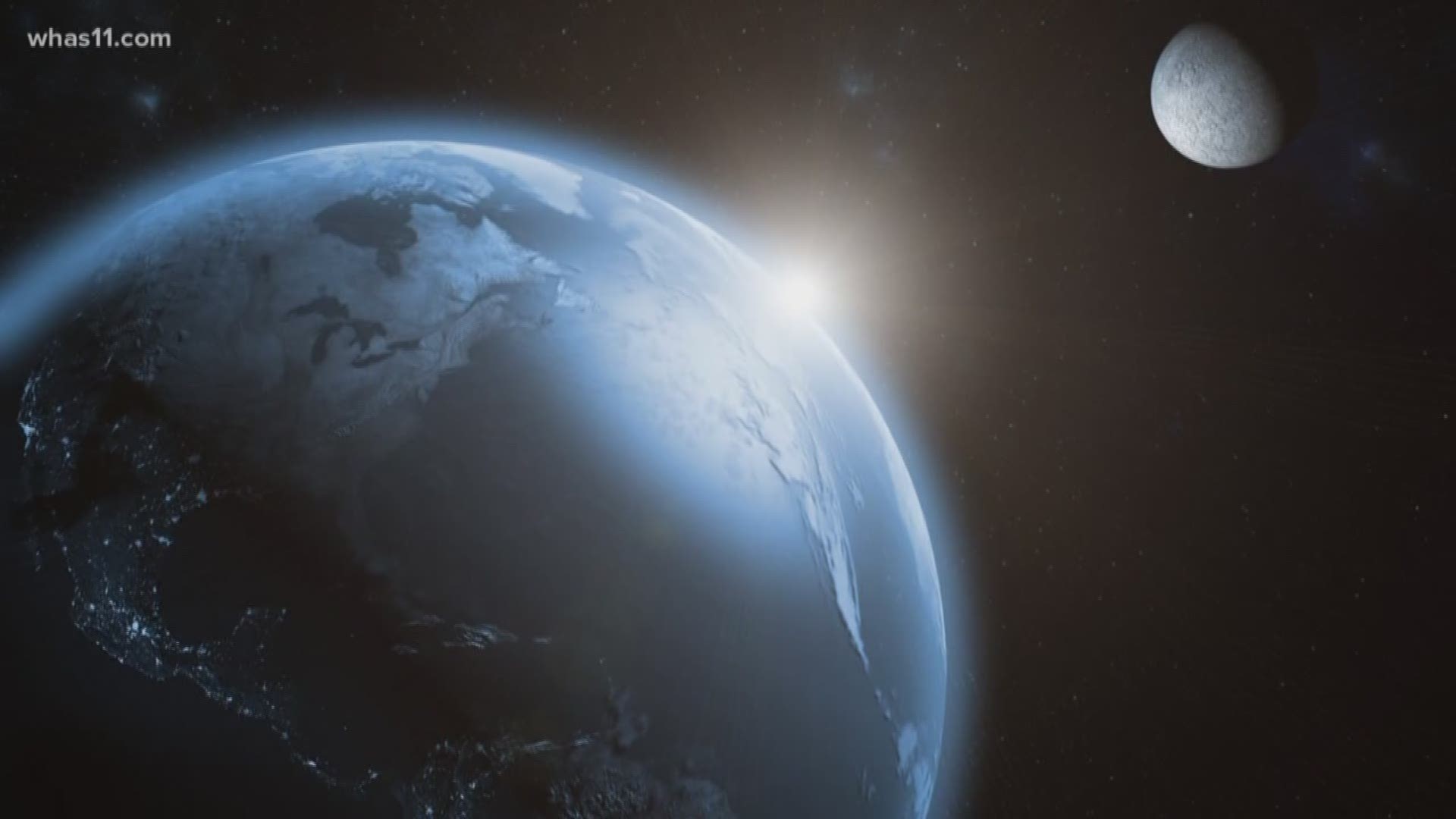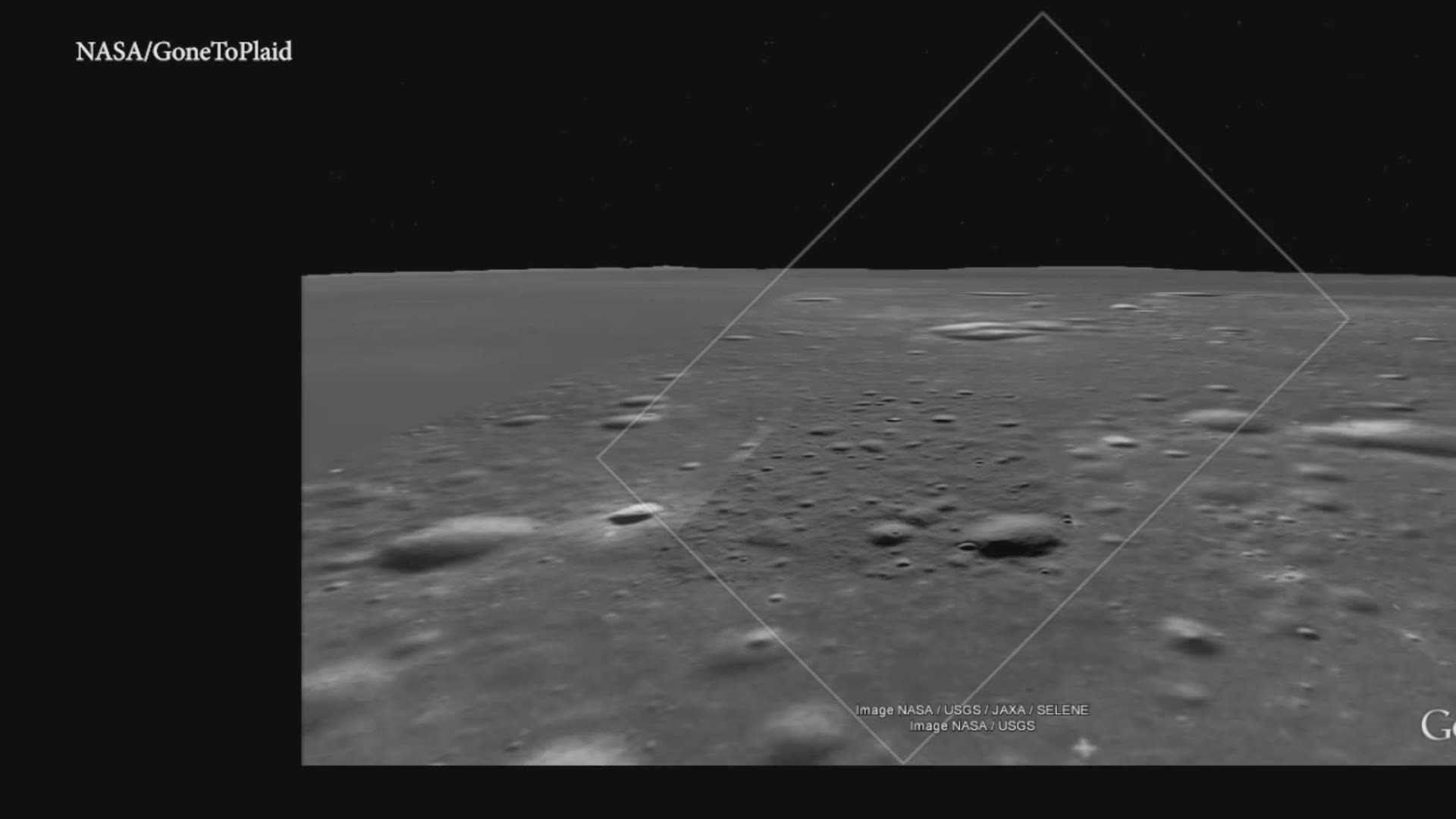June 16, 2019 is the 50th anniversary of the Apollo 11 launch. It resulted in man's first steps on the moon. As we celebrate this historical achievement, let's take a closer look at the celestial body those boots landed on 50 years ago.
The moon is our closest neighbor in the galaxy, and it has been for billions and billions of years. We don't know for sure how the moon came into being, but the leading theory is that something the size of Mars collided with us about 4.5 billion years ago. That collision could have sent enough debris into space to form it.
Even though the moon is our closest neighbor, life there would be a lot different if we were to try to set up shop.
The moon doesn't have an atmosphere like we have on Earth. That's why even in the light of day, the sky still is jet black. It's the molecules in the atmosphere on Earth that makes our day-lit sky blue.
The lack of atmosphere also makes the temperatures way more extreme on the moon. It can get as low as -414 degrees Fahrenheit and as hot as 253 degrees.
Earth is about four times bigger than the moon and, because it has less mass, it also has less gravity. Hence why walking, playing golf, and waving a flag look pretty trippy on the surface of the moon.
Fun fact: Less gravity means less weight. I'm about 170 pounds here on Earth, but I'd be only 29 pounds on the moon.
If that has you wanting to plan a trip to the moon, consider this: The U.S. is the only country to have put a human on the moon, although China and Soviet Union have sent unmanned missions and India is hoping to join the club very soon.
President Trump is hoping that we can make a return visit by 2024.
---
Want to know "WHAS up" with something? Rob Harris is your guy. He's talking to some of the smartest people in our community to find out more about science, history, urban legends, local quirks, and more.
Have a question or topic you want him to check out? Send him a tweet or a Facebook post.


